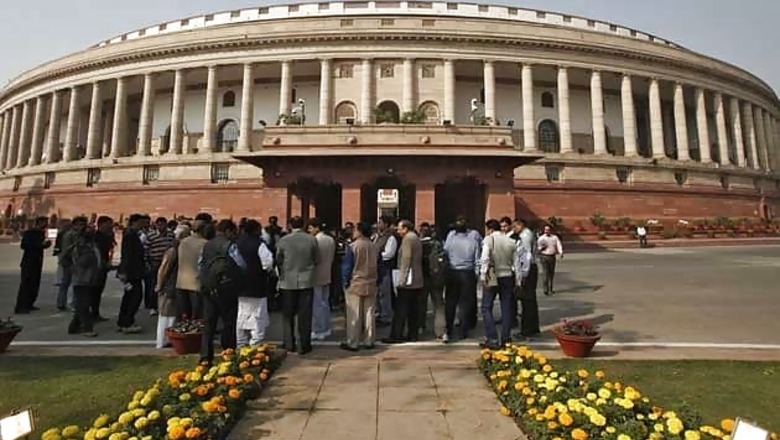
views
New Delhi: A close look on the average number of contestants per seat for the successive Lok Sabha elections brings out some interesting facts. For instance, on an average, there used to be only around three to five contestants per Lok Sabha seats till as late as sixth Lok Sabha elections in 1977.
For the first Lok Sabha in 1952, there were 1874 candidates for 489 seats averaging 4.67 contestants per seat while in 1957 number of contestants for 494 seats was 1519, averaging 3.77 per seat. In 1962 there were 1985 candidates for 494 seats averaging 4.02 per seat. In 1967, the number of Lok Sabha seats significantly increased to 520 for which 2369 contestants were in fray thus averaging 4.56 candidates per seat.
In 1971, elections were held for 518 seats for which a slightly higher number of 2784 candidates were in fray, averaging 5.37 contestants per seat but in 1977 with another significant hike in the number of Lok Sabha seats to 542, the number of contestants per seat came down again to 4.50 per seats as there were only 2349 candidates were in fray for 542 seats.
However, this trend (of having 3 to 5 candidates per seat) witnessed a big shift in 1980 when the elections for the seventh Lok Sabha were held. There were 4629 candidates wooing the voters for 542 seats, thus averaging 8.75 contestants for each Lok Sabha seat.
With constant increase in the number of contestants in the successive Lok Sabha elections, the average of per seat contestants also continued to rise gradually but in 1996, a sudden hike in average with 25.69 candidates per seat indicated an abnormal shift. There were a record number of 13,952 candidates in fray for 543 Lok Sabha seats, bringing the average of per seat contestants to 25.69 from 16.38 in the previous elections in 1991.
The Election Commission of India hiked the amount of the security deposit from a merely Rs.500 to Rs.10, 000 which apparently, helped in bringing down the number of contestants per seat to 8.75 candidates in 1998 Lok Sabha elections when after a long gap, the total number of contestants was less than 5000 (4750 to be precise) which only rose marginally in 1999 general elections to 4648 candidates, averaging 8.56 candidates per seat. In 2004, the figure of contestants again crossed 5000 mark with 5435 contestants in fray for the same number of 543 Lok Sabha seats, averaging just over 10 contestants per seat.
In 2009 general elections total 8070 candidates contested for 543 Lok Sabha seats, thus the average rose sharply to 14.86.




















Comments
0 comment